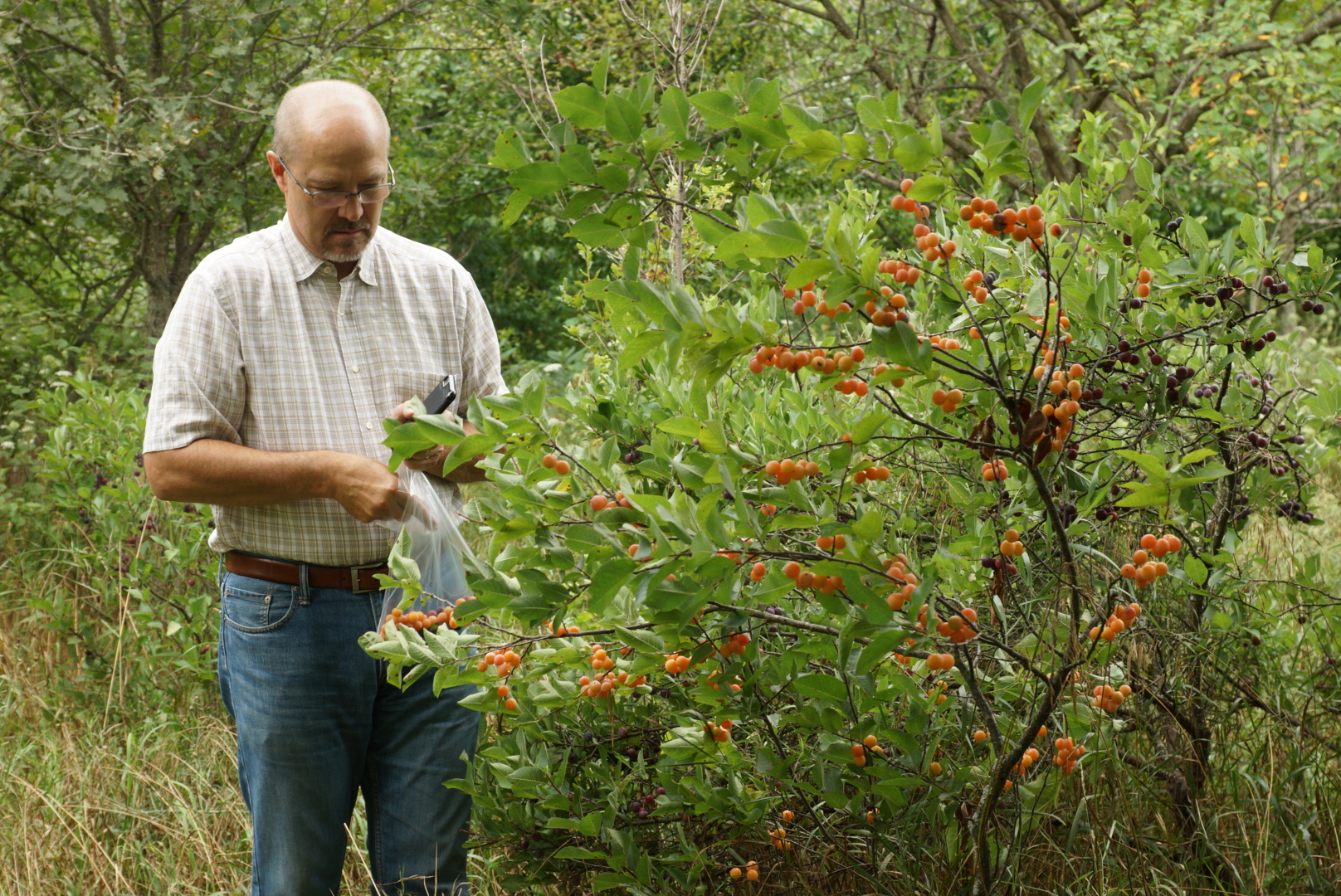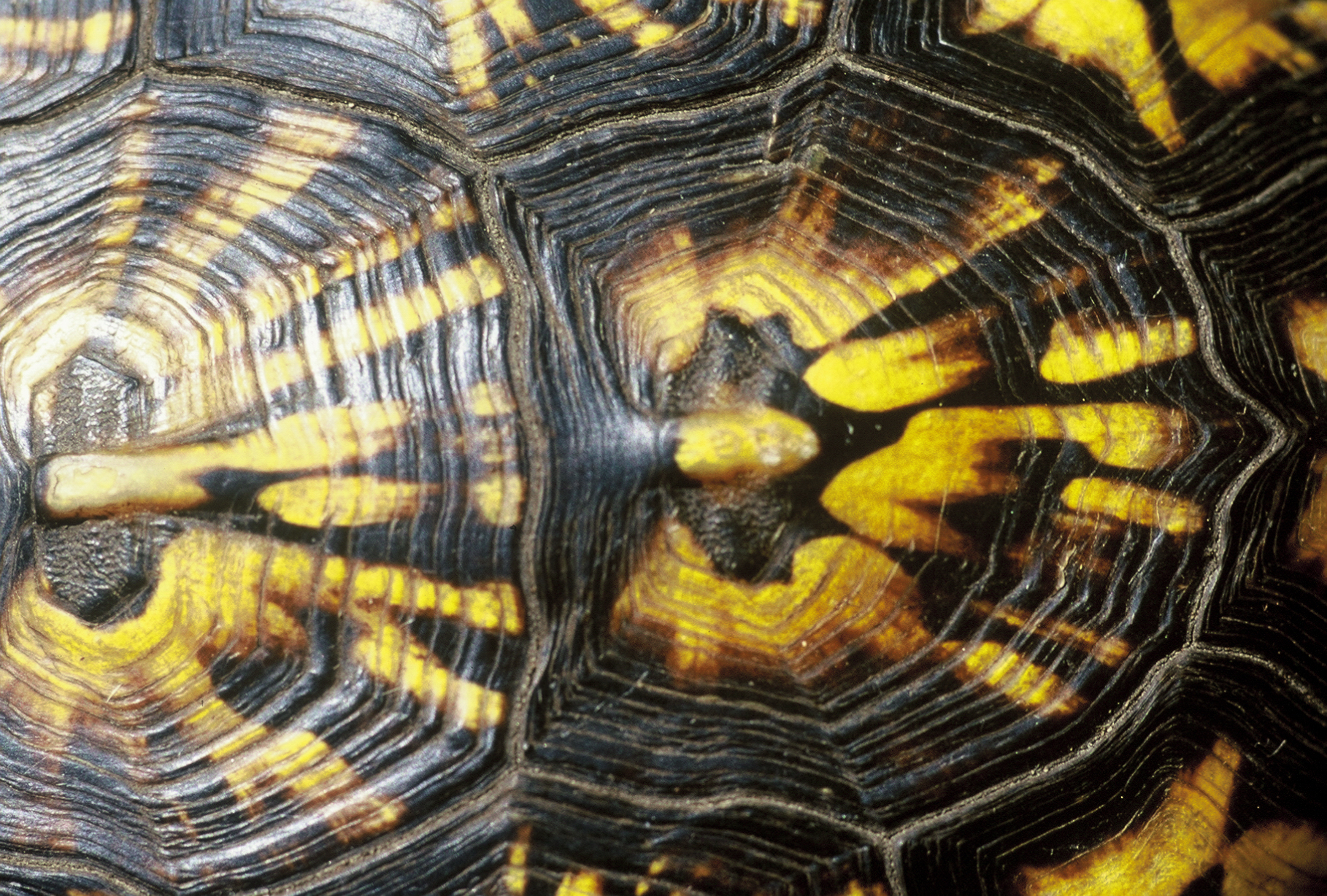



Clean High Quality Fruits Produced with No Spray-Immune to Disease and Insects
Dunbars plum is a natural hybrid plum with produces both sweet and tart plums intermediate between beach plum and the American plum. This cross is rare but not impossible and is found within populations of beach plums usually. Because I grew out a lot of beach plums, I found a few of these accidental hybrids by identifying their unique leaf characteristics first and then fruits later on when I planted them out in my plantings separated from everything else. This hybrid swarm is fully self fertile and easy to grow from seed. The trees are vigorous seedling upright trees and form a single trunk. The fruits vary from half to one and a half inch range and are running red to blue in color. The fruit is clean with little insect damage or fungus making a quality fruit for processing for jams, jellies and other uses. This Ecos strain was selected only from trees for their high quality fruit, good yields and no insect or disease damage. Cultivar selection can easily be done because most of the fruiting types are all very high yielding.
I began the collection of them throughout my farm and found them very vigorous in my low fertility soils. As time went on and some of the earliest plantings fruited, I expanded these selections looking for larger fruited types as well as heavier producers. I found this to be the case of using the most vigorous plants and those with the healthiest leaves. This equated to heavier production and produced a great variety of tart and sweet plums. These can be used like I did for creating an edible hedge as well as isolated groups of them throughout mixed plantings of other trees. Some do runner with stolons but many do not. The clean fruit is great for jam and jelly and some are sweet enough to eat directly from the tree. Named selections can easily be created in the progeny of this Ecos strain.
It is easy to maintain Dunbars as a single trunk tree. As the trees produce fruit, they will sometimes lean in one direction because of the weight of the crop. If a tree was on its own roots, this would allow for some stolon development which would then replace the older trunks in the orchard. Both beach plum and American plum are shorter lived species and 20 years is the maximum for a single trunk. After that a new stolon will then replace the failing plant. The roots will live on indefinitely. Grafting is a short term solution to get clones. But having it on its own roots means the orchard could literally last for many decades without needing replacement trees. Having a multi clonal orchard along with seedlings will also increase yields and provide future varieties and flavors currently not found in the European and Japanese plums.
Germination: Fall plant seeds 1/4 to 1/2 inch deep. Most seeds will sprout the first year, however it is not uncommon for 50 percent of the seeds to sprout in the second year depending on the conditions. To germinate seeds indoors, put the seeds in a lightly moist Canadian peat moss and refrigerate from 34-38 F for 60-120 days. The seeds will begin cracking open in the fridge after 60-90 days. A portion of the seeds will not sprout and these will need to go through another warm period (summer) and cold to sprout. Plant your sprouted seeds one at a time in a lightly moist well drained soil mix. Tops will appear in 1-2 weeks. Dunbars plums are easy to grow from seed.
From 2023 crop year. Mixed selections. Refrigerated seed kept at 3$F to 38F.
| Plant Specs |
| Genus & Species |
Prunus x dunbarii (americana x maritima or reverse) |
| Seed Source |
Michigan |
| Hardiness |
-30F |
| Height (ft) |
10-15 |
| Width (ft) |
10-15 |
| Pollination Requirements |
Self fertile but best if 2-3 plants are grown near each other for best fruit set. |
| Soil |
Sandy to loamy. Adaptable. |
| Climate |
Zone 3 to Zone 9 |
| Ease of Cultivation |
Easy to grow from seeds. Take care not to throw the seeds out the first year if they do not sprout. Sometimes they have a embryo dormancy. One of the best seed strains for a wild plum hedgerow. Great diversity of flavors and useful as seedlings and as a means to select cultivars from. |

